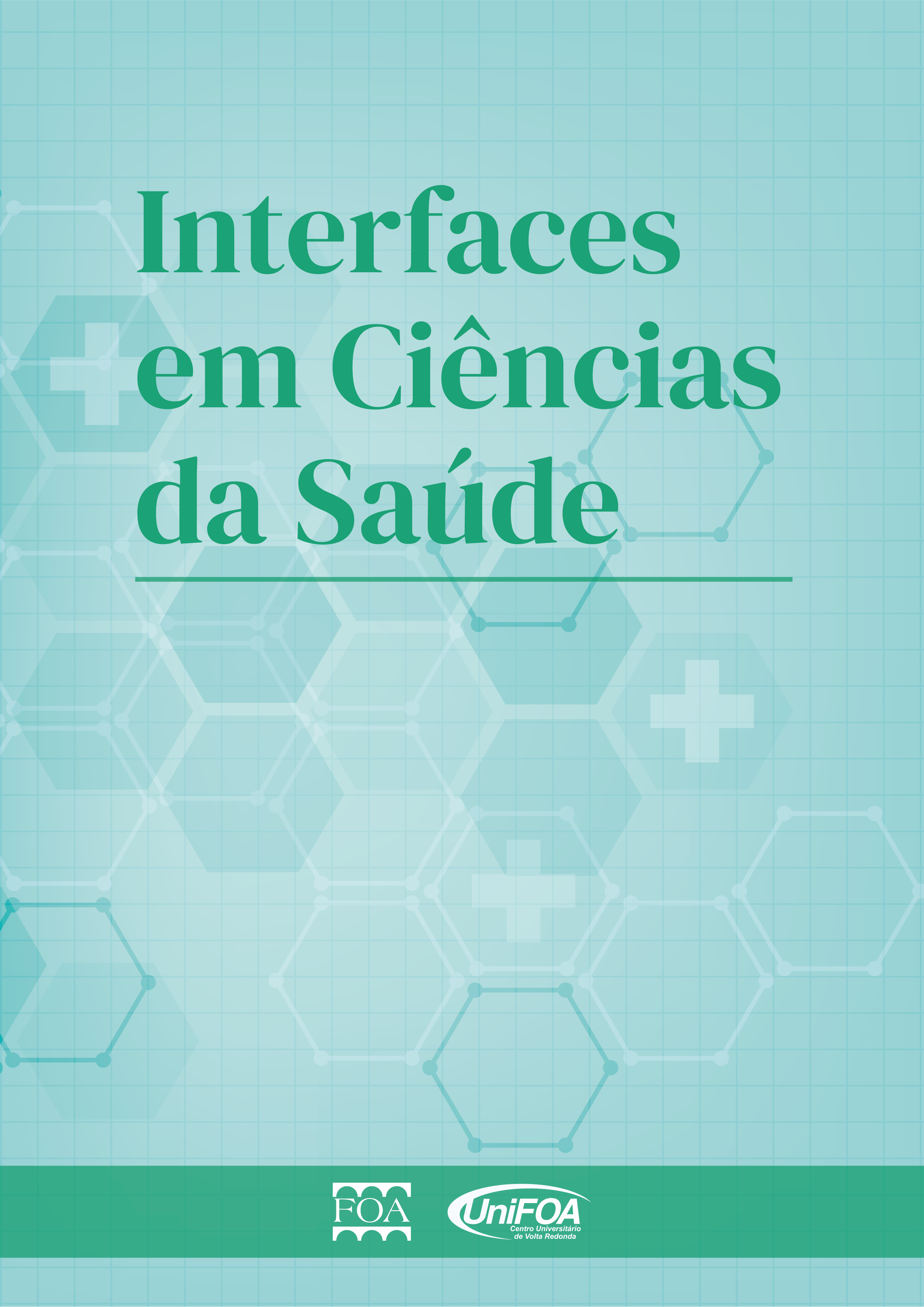O tabagismo e o risco de recorrência de acidente vascular cerebral
revisão da literatura
DOI:
https://doi.org/10.47385/interfaces.4494.2.2023Palavras-chave:
Acidente Vascular Cerebral, Tabagismo, Doenças cardiovasculares, Ataque Isquêmico Transitório, Cessação do tabagismoResumo
O tabagismo está entre as principais causas preveníveis de morte no mundo e a mortalidade geral em fumantes é três vezes maior do que em não fumantes. Aproximadamente um quarto da população mundial é tabagista, sendo que 80% dessa população está em países subdesenvolvidos ou em desenvolvimento. O tabagismo é um fator de risco independente para o acidente vascular cerebral (AVC), com risco de duas a quatro vezes maior de desenvolver um episódio do que na população não tabagista. A cessação do tabagismo após uma síndrome coronariana aguda (SCA) é associada a um menor risco de recorrência de eventos vasculares e mortalidade. Em pacientes que sofreram um AVC, a relação entre o status tabágico e a recorrência de um novo AVC ainda não está definida. Dessa forma, o objetivo do estudo foi avaliar a associação entre o tabagismo e a recorrência de AVC após um primeiro episódio. Foi realizada uma revisão da literatura a partir de artigos publicados até março de 2023 nas plataformas MEDLINE (PubMed), Cochrane Central Register of Controlled Trials (Cochrane) e Scopus (Elsevier). A manutenção do hábito de tabagismo após um evento inicial de AVC foi associada a um maior risco de desenvolver um segundo episódio de AVC nos três estudos. Os pacientes que se mantiveram tabagistas demonstraram um maior risco para a recorrência do AVC quando comparado aos que nunca fumaram. De forma semelhante aos estudos sobre recorrência em SCA, os pacientes que interromperam o uso de cigarro logo após o evento inicial ou até 6 meses depois, não apresentaram diferença significativa do risco de recorrência comparado aos pacientes que nunca foram tabagistas. O risco de recorrência de AVC é dose dependente, com o risco podendo ser duas vezes maior a partir de 20 cigarros fumados por dia comparado com os não tabagistas. A cessação do tabagismo parece estar relacionada a um menor risco de recorrência de AVC, mostrando-se como uma oportunidade para atuação médica desde o hospital até o acompanhamento futuro do paciente.
Downloads
Referências
ANADANI, M. et al. Change in Smoking Behavior and Outcome After Ischemic Stroke: Post-Hoc Analysis of the SPS3 Trial. Stroke, v. 54, n. 4, p. 921–927, 2023.
BHAT, V. M. et al. Dose-response relationship between cigarette smoking and risk of ischemic stroke in young women. Stroke, v. 39, n. 9, p. 2439–2443, 2008.
CHEN, J. et al. Impact of Smoking Status on Stroke Recurrence. Journal of the American Heart Association, v. 8, n. 8, p. e011696, 2019.
CORNELIUS, M. E. et al. Tobacco Product Use Among Adults - United States, 2019. MMWR. Morbidity and mortality weekly report, v. 69, n. 46, p. 1736–1742, 2020.
EPSTEIN, K. A. et al. Smoking cessation and outcome after ischemic stroke or TIA. Neurology, v. 89, n. 16, p. 1723–1729, 2017.
GOODCHILD, M.; NARGIS, N.; TURSAN D’ESPAIGNET, E. Global economic cost of smoking-attributable diseases. Tobacco Control, v. 27, n. 1, p. 58–64, 2018.
JHA, P. et al. 21st-century hazards of smoking and benefits of cessation in the United States. The New England Journal of Medicine, v. 368, n. 4, p. 341–350, 2013.
KAWACHI, I. et al. Smoking cessation and decreased risk of stroke in women. JAMA, v. 269, n. 2, p. 232–236, 1993.
KELLY, T. N. et al. Cigarette smoking and risk of stroke in the chinese adult population. Stroke, v. 39, n. 6, p. 1688–1693, 2008.
KLEINDORFER, D. O. et al. 2021 Guideline for the Prevention of Stroke in Patients With Stroke and Transient Ischemic Attack: A Guideline From the American Heart Association/American Stroke Association. Stroke, v. 52, n. 7, 2021.
MARKIDAN, J. et al. Smoking and Risk of Ischemic Stroke in Young Men. Stroke, v. 49, n. 5, p. 1276–1278, 2018.
MESCHIA, J. F. et al. Guidelines for the primary prevention of stroke: a statement for healthcare professionals from the American Heart Association/American Stroke Association. Stroke, v. 45, n. 12, p. 3754–3832, 2014.
NOUBIAP, J. J. et al. Rates, Predictors, and Impact of Smoking Cessation after Stroke or Transient Ischemic Attack: A Systematic Review and Meta-Analysis. Journal of Stroke and Cerebrovascular Diseases, v. 30, n. 10, p. 106012, 2021.
PARIKH, N. S. et al. Smoking-cessation pharmacotherapy for patients with stroke and TIA: Systematic review. Journal of Clinical Neuroscience: Official Journal of the Neurosurgical Society of Australasia, v. 78, p. 236–241, 2020.
PICHON-RIVIERE, A. et al. The health and economic burden of smoking in 12 Latin American countries and the potential effect of increasing tobacco taxes: an economic modelling study. The Lancet. Global Health, v. 8, n. 10, p. e1282–e1294, 2020.
SHAH, R. S.; COLE, J. W. Smoking and stroke: the more you smoke the more you stroke. Expert Review of Cardiovascular Therapy, v. 8, n. 7, p. 917–932, 2010.
TSAO, C. W. et al. Heart Disease and Stroke Statistics—2022 Update: A Report From the American Heart Association. Circulation, v. 145, n. 8, 2022.
US BURDEN OF DISEASE COLLABORATORS et al. The State of US Health, 1990-2016: Burden of Diseases, Injuries, and Risk Factors Among US States. JAMA, v. 319, n. 14, p. 1444–1472, 2018.
VAN DEN BERG, M. J. et al. Smoking cessation and risk of recurrent cardiovascular events and mortality after a first manifestation of arterial disease. American Heart Journal, v. 213, p. 112–122, 2019.
TOBACCO. World Health Organization, 24, maio, 2022. Fact Sheets. Disponível em: <https://www.who.int/news-room/fact-sheets/detail/tobacco>
WOLF, P. A. et al. Cigarette smoking as a risk factor for stroke. The Framingham Study. JAMA, v. 259, n. 7, p. 1025–1029, 1988.
YUDI, M. B. et al. The prognostic significance of smoking cessation after acute coronary syndromes: an observational, multicentre study from the Melbourne interventional group registry. BMJ open, v. 7, n. 10, p. e016874, 2017.

